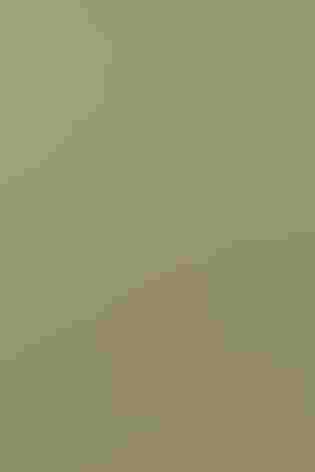Sprague’s Pipit
At a Glance
Audubon called this bird the 'Missouri skylark,' because he found it singing in the sky over the prairies along the upper Missouri River. Sprague's Pipit delivers its breathy flight-song while hovering high in the air, often for minutes at a time, over the northern Great Plains in summer. In winter, it becomes an elusive skulker in the short grass of dry prairies. Unlike the American Pipit, Sprague's never occurs in flocks. Even where it is common in winter, the birds flush singly from the grass, to circle high in the air before diving steeply to land again.
All bird guide text and rangemaps adapted from Lives of North American Birds by Kenn Kaufman© 1996, used by permission of Houghton Mifflin Harcourt Publishing Company. All rights reserved.
Category
Perching Birds, Wagtails and Pipits
IUCN Status
Vulnerable
Habitat
Fields, Meadows, and Grasslands
Region
California, Florida, Plains, Rocky Mountains, Southeast, Southwest, Texas, Western Canada
Behavior
Undulating
Population
1.400.000
Range & Identification
Migration & Range Maps
Migrates relatively late in fall and early in spring.
Description
6 1/4-7" (16-18 cm). Shorter-tailed than American Pipit, with pale legs, scaly or striped back pattern, black streaks on crown. Pale face makes dark eye conspicuous. White outer tail feathers obvious on takeoff.
Size
About the size of a Robin, About the size of a Sparrow
Color
Brown, Pink, Tan, White
Wing Shape
Pointed
Tail Shape
Notched, Rounded, Square-tipped
Songs and Calls
Flight song, performed high in the air, is a descending series of tinkling double notes. Call a series of sharp pips.
Call Pattern
Falling, Flat
Call Type
Buzz, Chirp/Chip, Whistle
Habitat
Plains, shortgrass prairies. Breeds in relatively dry grassland, especially native prairie, avoiding brushy areas and cultivated fields. Winters in similar shortgrass habitats including pastures and prairies, and grassy patches within fields of crops such as alfalfa.
Sign up for Audubon's newsletter to learn more about birds like the Sprague's Pipit
Behavior
Eggs
4-5, rarely 3-6. Whitish, heavily spotted with maroon or purplish-brown. Incubation is probably by female, incubation period not well known. Adult does not fly to nest, but lands several feet away and walks there. Incubating bird may not flush from nest until approached within a few feet.
Young
Fed by female, possibly by male, but details not well known. May leave nest as early as 10-11 days after hatching, before able to fly well. Adults may raise 2 broods per year.
Feeding Behavior
Forages by walking on the ground, usually among fairly dense short grass, searching for insects and seeds. Forages alone, not in flocks.
Diet
Mostly insects, some seeds. Diet is not known in detail. Apparently eats mainly insects, especially in summer, including grasshoppers, crickets, various beetles, moths, and others. Also eats many small seeds of grasses and weeds, perhaps more in fall and winter. Young birds are fed almost entirely on insects.
Nesting
Male sings to defend nesting territory, spiraling up to 300' or even higher above the ground, then hovering and circling for several minutes while singing repeatedly. In some cases, a single song-flight may last half an hour or even longer. Nest site is on ground in grassy field, usually in a slight depression or tucked into the side of a clump of grass. Nest (probably built by female) is a solidly woven cup of dry grass stems, sometimes lined with finer grass. Often has grass arched over the top, with entrance at the side.
Conservation
Conservation Status
Numbers have declined in much of range as breeding habitat has been converted to agricultural fields.
Climate Threats Facing the Sprague's Pipit
Choose a temperature scenario below to see which threats will affect this species as warming increases. The same climate change-driven threats that put birds at risk will affect other wildlife and people, too.


